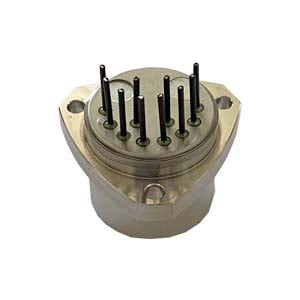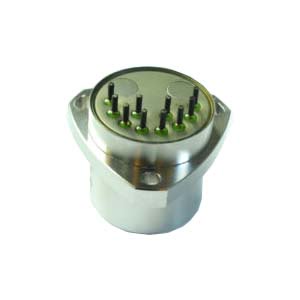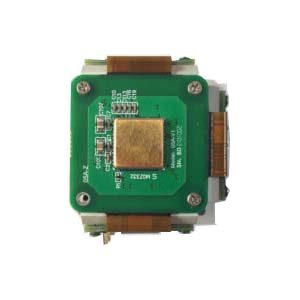Accelerometers measure acceleration, tilt, vibration or shock, making them suitable for a wide range of applications from wearable fitness devices to industrial platform stabilization systems. There are hundreds of accelerometer devices on the market to choose from, varying in cost and performance.
The latest MEMS accelerometers are used in applications traditionally dominated by piezoelectric accelerometers and other sensors. The new generation of MEMS accelerometers provides solutions for applications such as CBM, Structural Health Monitoring (SHM), Asset Health Monitoring (AHM), Vital Signs Monitoring (VSM) and industrial, IoT wireless sensor networks. However, with so many accelerometers and so many applications, choosing the right accelerometer is no easy task.
Selection elements
1.Tilt detection
Accurate tilt detection is a demanding application for MEMS capacitive accelerometers, especially in the presence of vibration.
In order for an accelerometer to measure tilt effectively, a good understanding of the sensor performance and the end-use environment is necessary. A static environment is more favorable for tilt measurement than a dynamic environment, because vibration or shock may corrupt the tilt data and cause serious measurement errors.
The most important characteristics of tilt measurement are: temperature coefficient offset, hysteresis, low noise, short/long term stability, repeatability and good vibration correction.
0 g bias accuracy, 0 g bias drift due to soldering, 0 g bias drift due to PCB housing alignment, 0 g bias tempco, sensitivity accuracy and tempco, non-linearity, and cross-axis sensitivity errors , is observable and can be reduced by a post-assembly calibration process.
Hysteresis, 0 g bias drift over life, sensitivity drift over life, 0 g drift due to moisture, and PCB bending and twisting due to temperature changes over time, etc., these error terms cannot be accounted for by calibration or other methods, It will need to be reduced with some level of in-situ maintenance.
2.High temperature and dynamic environment
Before accelerometers suitable for high temperatures or harsh environments were available, some designers had to use standard temperature ICs in situations far beyond data sheet limits.
This means that the end user bears the responsibility and risk of verifying device quality at high temperatures, which is expensive and time-consuming. It is a well-known fact that hermetic packages can withstand high temperatures, preventing corrosion by providing a barrier against moisture and contamination.
3.Stable
Detecting and understanding motion can benefit many applications, mastering the motion that occurs in a system, and then using that information to improve performance (reduce response time, improve accuracy, speed up operation), enhance safety or reliability (system in hazardous situations shutdown), or to obtain other value-added features, is beneficial.
In stability applications, MEMS sensors must accurately measure platform orientation, especially during motion. The figure below is a block diagram of a typical platform stabilization system using servo motors to correct angular motion. The feedback/servo motor controller converts the orientation sensor data into corrective control signals for the servo motors.
The final application will determine the level of accuracy required, and the quality of the sensor chosen (consumer or industrial) will determine whether it can be achieved. It is important to distinguish between consumer-grade and industrial-grade devices, and sometimes the distinction is subtle and may require careful consideration.
ERICCO's MEMS accelerometer ER-MA-5 has bias stability of <20ug (1σ) and is a high-precision industrial-grade MEMS accelerometer. With its small size, lightweight, and low energy consumption, it can be widely used in tilt detection, attitude control, security alarm, consumer applications, motion recognition, and status recording.
More Technical Questions
1.The Role of MEMS Accelerometers in Inertial Navigation
2.How to Distinguish MEMS Accelerometer and MEMS Gyroscope Correctly?
3.What are the advantages of MEMS accelerometers?
4.Why do we Need Accelerometer?
5.What is the Purpose of the Accelerometer Senor?
6.What Effect Does Temperature Have on Quartz Flexible Accelerometer?
Products in Article







